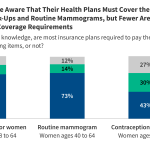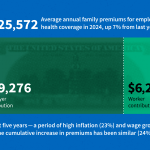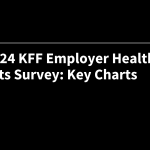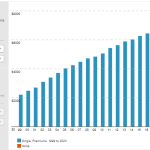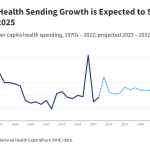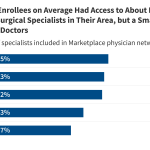Gaps in Awareness of Insurance Requirements to Cover Preventive Services Among Women
KFF’s 2024 Women’s Health Survey finds that women aren’t fully aware that the Affordable Care Act (ACA) requires insurance plans to cover the full cost of recommended preventive health care services – especially contraception.
